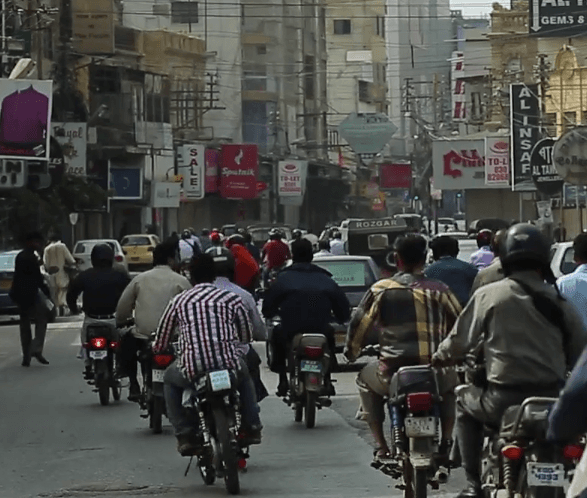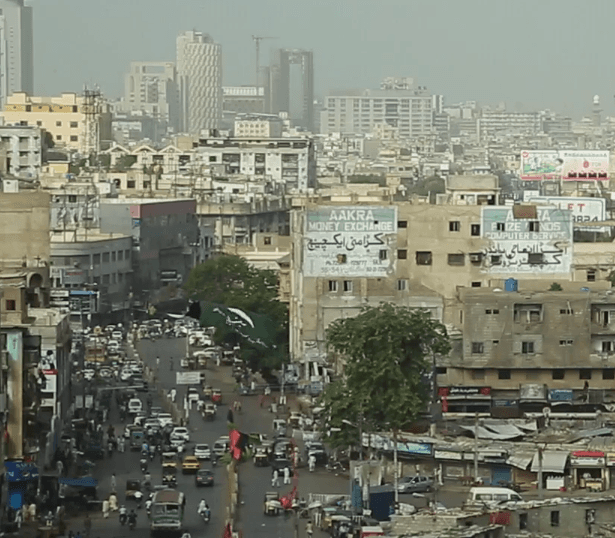Transforming Transport in Karachi
With nearly 15 million residents identified in the 2017 Census, Karachi is the largest city in Pakistan and the 12th most populated city in the world. The population has expanded rapidly in recent years and is anticipated to grow to over 30 million by 2030.
The city is ranked as one of the most unliveable cities in the world by The Economic Intelligence Unit’s 2017 Global Liveability Report, with the severe traffic congestion and the resulting pollution playing a major role in the low ranking.
Car and motorcycle ownership is also increasing rapidly, exacerbating congestion; causing air and noise pollution. This congestion is intensified by poor public transport provision. The bus fleet is old and in poor condition; bus stops are rudimentary and services lack integration. The development of an integrated mass transport system for Karachi is a key objective to improve liveability and tackle poverty. Proposals have been made for six Bus Rapid Transport (BRT) lines, alongside the revival of the Karachi Circular Railway and two Mass Rapid Transit lines.


ITP was commissioned by the Government of Sindh to project manage, coordinate and provide capacity building as part of a project focusing on the development of one of the proposed BRT lines – The Red Line – which will run approximately 30km from Model Colony to Numaish and will be funded by the Asian Development Bank, Asian Infrastructure Investment Bank, Agency France for Development and Green Climate Fund.
Our broad role includes overseeing the establishment of a company responsible for the management and operation Karachi’s mass transit system and ensuring the company has sufficient staff with the requisite skills to carry out its duties and providing support in the procurement of goods and services for the operation and maintenance of the BRT system.
A key element of the project is to raise awareness of the BRT system in order to gain public support and secure their involvement in the development of the system and encourage people to use it once operational. This element of the project involves overseeing media, government and public relations to ensure awareness of the project, its benefits and impacts, as well as the progress being made in development and implementation.
We are also coordinating the Community Awareness and Participation Programme (CAPP) which seeks to engage with the affected population, as well as with specific interest groups, to identify and manage opportunities and concerns; and feed into the project design and implementation processes. This aspect of the project has been designed to ensure that the public; particularly the poor, women and vulnerable populations, are made aware of the project: its impacts, employment opportunities and benefits; and to obtain their feedback and inputs to the design of the BRT system.
For more information on this project, please contact Peter Armitage (armitage@itpworld.net) or for more information on ITP’s BRT services please click here.
